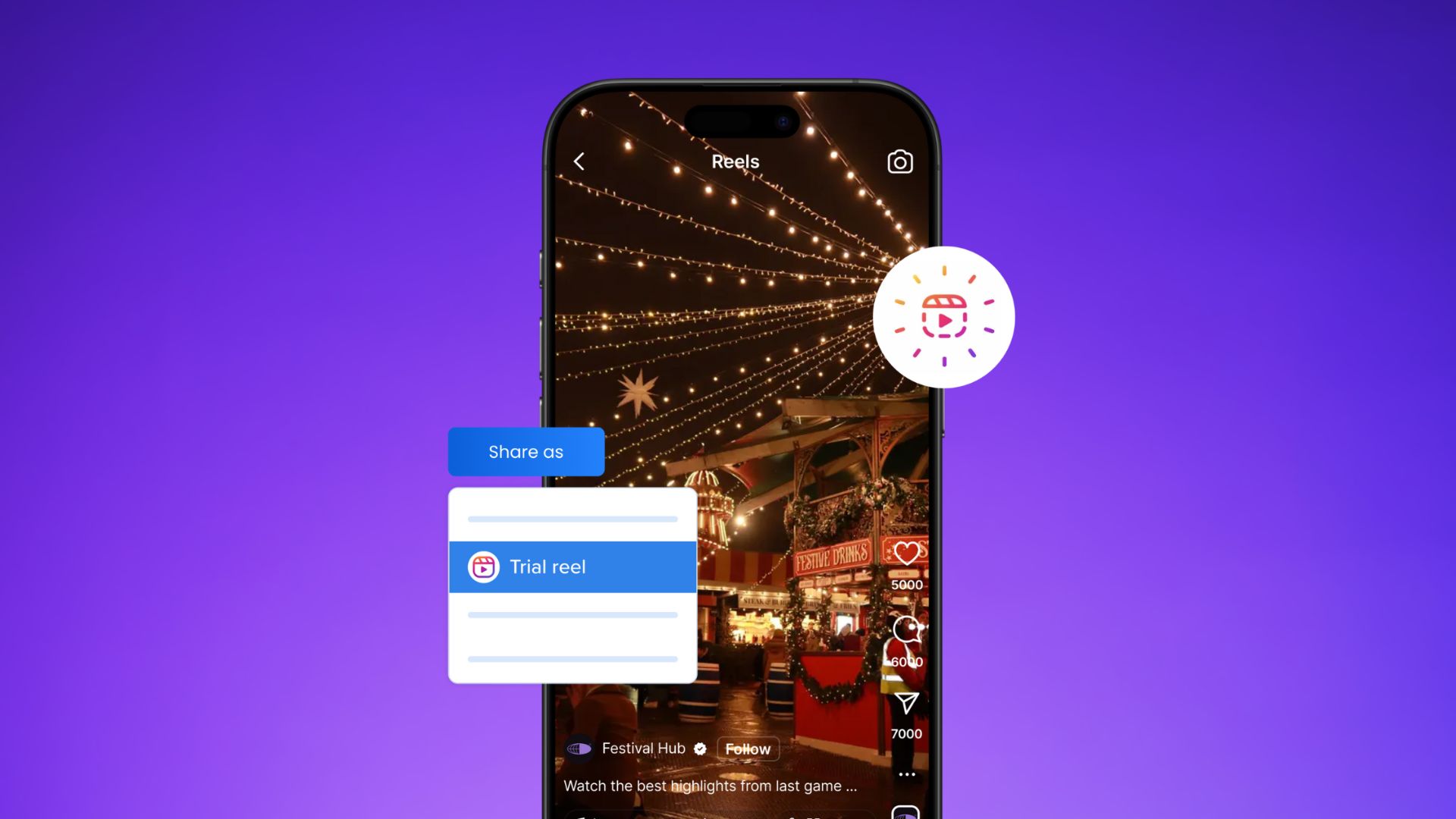New

Turn Your DMs Into Lead Gen!
Learn how to collect lead data from your DMs such as email addresses, phone numbers, and more right from your social inbox. If you are not yet automating your DMs your competitors are outpacing you.
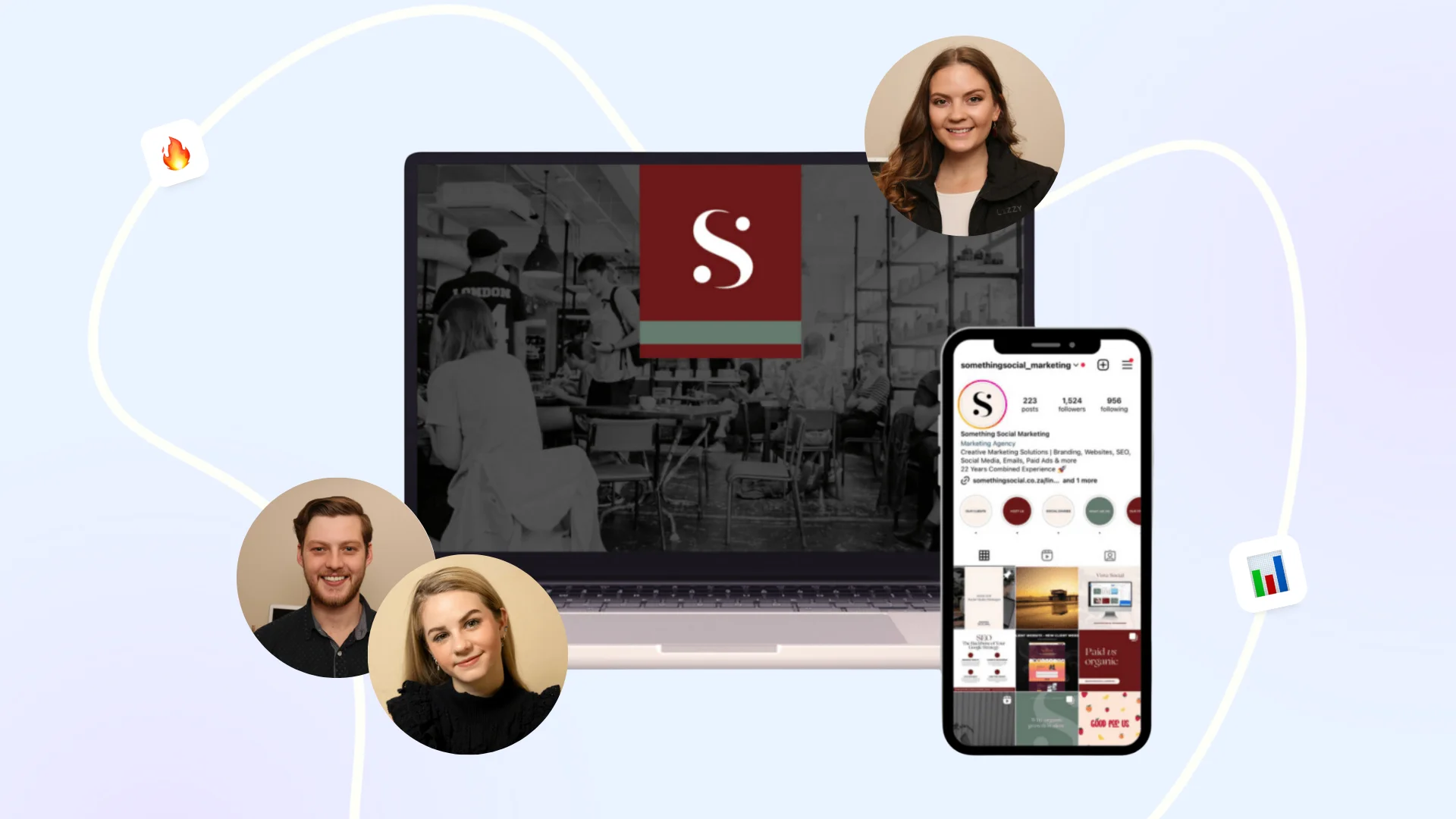
How Something Social Saved 75% of Their Time and Increased Revenue by 15%
See how a fast-growing agency improved operations, cut down hours of manual work, and unlocked new revenue opportunities with Vista Social.
New
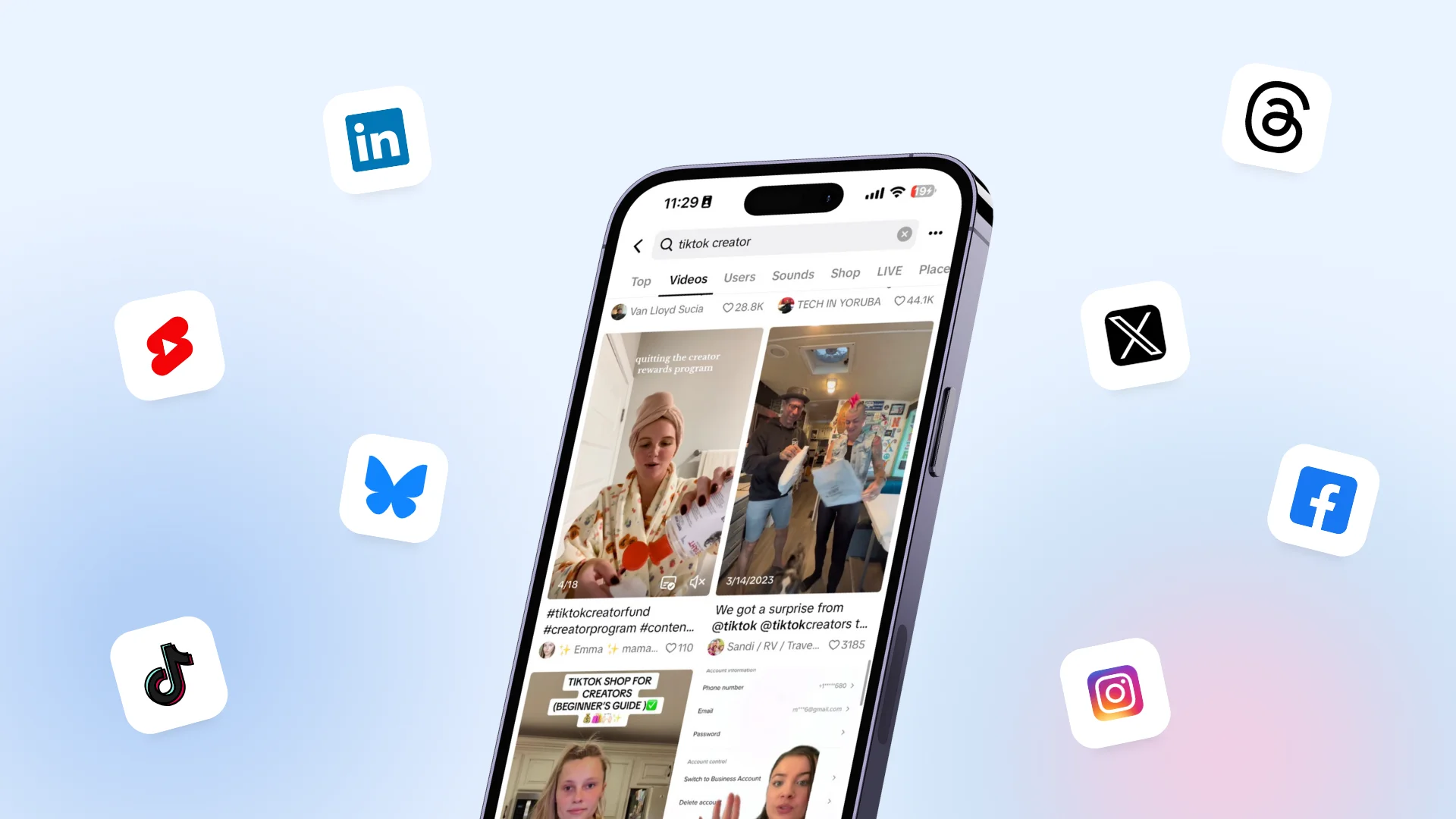
50 Unique Social Media Ideas for Consistent Content Creation
Discover 50 unique social media post ideas to engage your audience, grow your brand, and maintain a consistent content strategy with ease!
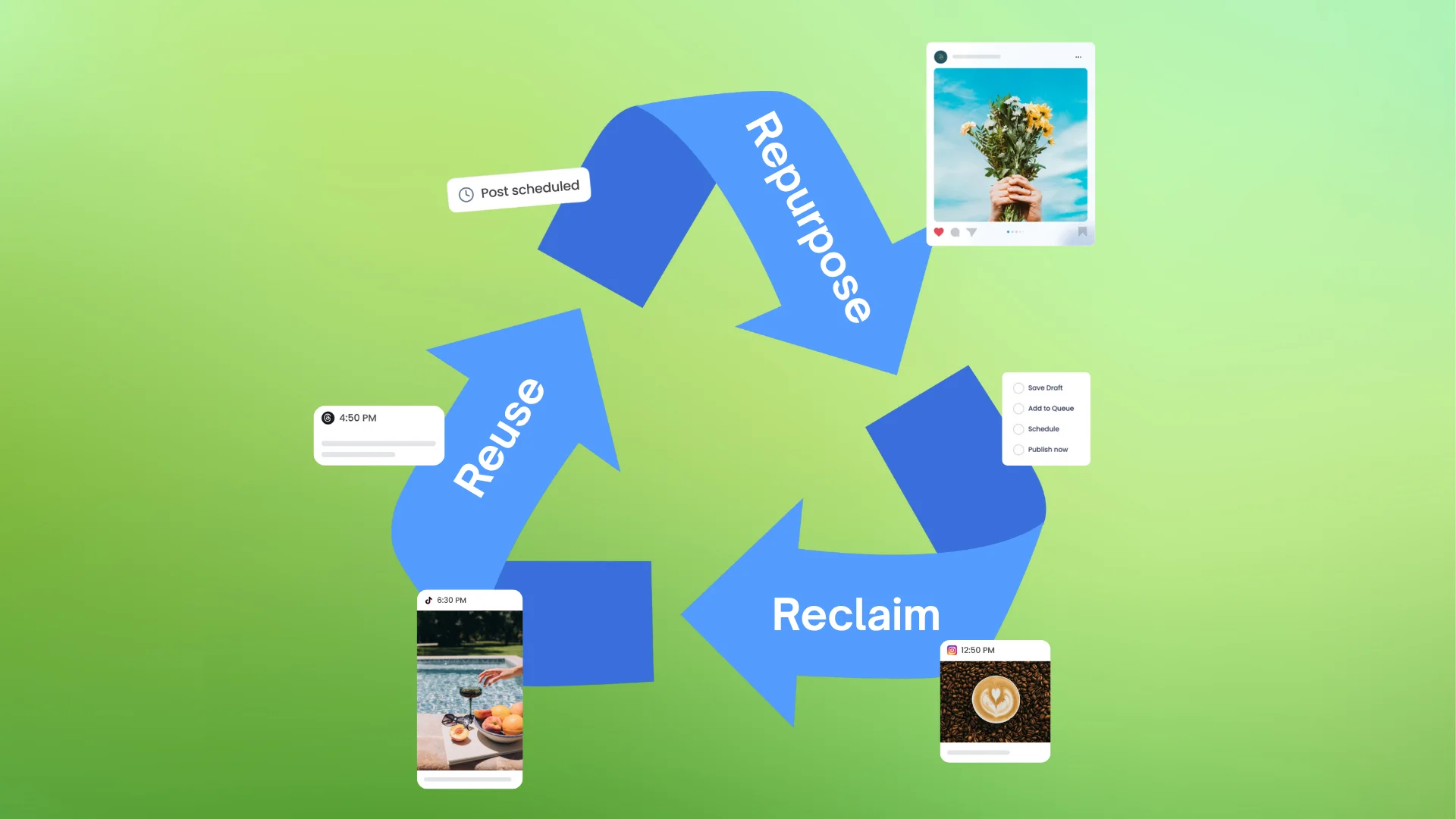
Mastering Content Reuse: The Key to a Consistent and Sustainable Posting Strategy
Published on April 14, 2025
6 min to read
Social Media Sentiment Analysis: 5 Real Examples to Learn From
Summarize with AI
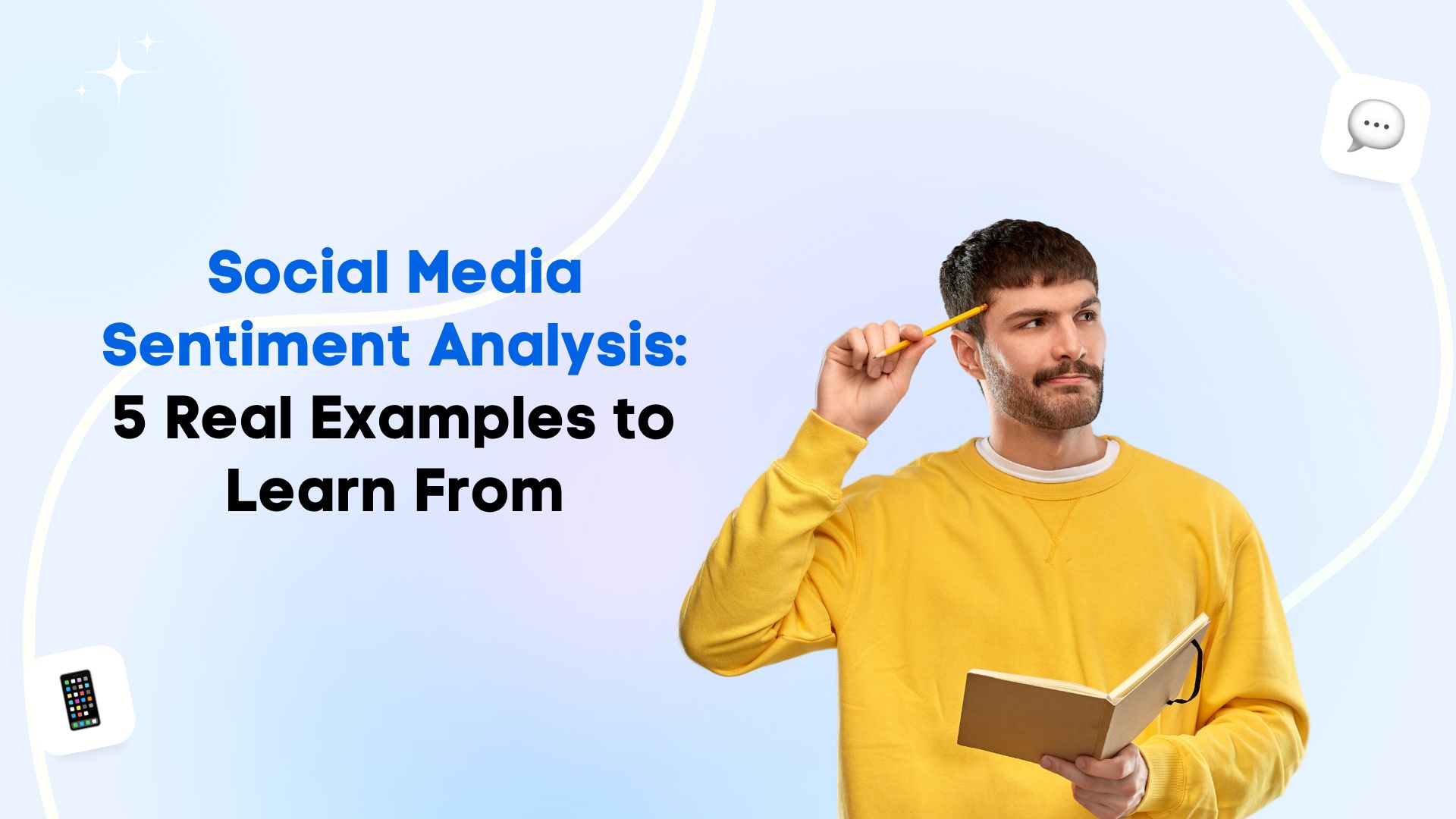

Table of Content

Think you know what your audience really thinks about your brand? Think again.
In 2025, we’re drowning in user-generated content, but 70% of customer purchase decisions are based on emotional factors and only 30% on rational factors. Social media sentiment analysis has become the secret weapon for understanding how people feel about your brand.
It’s not just about counting likes and shares anymore. The brands mastering sentiment analysis are staying ahead while their competitors scramble to catch up.
We’re diving into five real-world social media sentiment analysis examples that show exactly how this works. Ready to read the room like a pro?
Table of contents
What Is Social Media Sentiment Analysis?
Let’s get one thing straight: sentiment analysis isn’t just fancy tech jargon. It’s the process of gathering and understanding customers’ perceptions of a product, service or brand using advanced algorithms and natural language processing to evaluate the emotions behind social media interactions.
Think of it as your brand’s emotional weather report. Instead of just knowing that 1,000 people mentioned you last week, you’ll know whether they were celebrating, complaining, or simply stating facts. This intel helps with everything from brand health monitoring and customer feedback analysis to crisis management and campaign evaluation.
The message is clear: sentiment analysis isn’t optional anymore.
Now, let’s see how real brands are putting this into action.
1. Crisis Management: A Social Media Sentiment Analysis Example from Airlines During Major Disruptions
When things go wrong in the airline industry, they go really wrong—and social media becomes ground zero for customer frustration.
Take Southwest Airlines’ recent challenges. Consumer sentiment plummeted, with Southwest receiving the lowest positivity scores among major U.S. airlines within Infegy’s Social Dataset during their 2025 policy changes controversy. But here’s where it gets interesting: the airlines that recovered fastest were the ones monitoring sentiment spikes in real-time.
During major disruptions, negative sentiment around Southwest surged, with rising mentions of anger, disgust, and customer churn. The brands that bounced back quickly? They had automated sentiment alerts set up to catch these spikes as they happened—not hours or days later.
This social media sentiment analysis example shows how real-time monitoring during crises isn’t just damage control—it’s about responding with transparency before negative sentiment reaches a tipping point.
How Vista Social helps: Set up automated sentiment alerts that notify your team the moment negative sentiment spikes around your brand. This gives you the precious time you need to craft thoughtful, transparent responses before a crisis spirals out of control.
[Must Read: 10 Social Media Sentiment Analysis Strategies for 2025]
2. Product Launches: A Social Media Sentiment Analysis Example from Tech Brands Tracking First Impressions
Product launches are make-or-break moments, and early sentiment signals can predict success months ahead of sales data.
Look at the smartphone market in 2025. Apple’s iPhone 16 was the world’s best-selling smartphone in Q1 2025, marking the return of the iPhone series’ base variant to the top spot in the first quarter after a gap of two years. But here’s what most people missed: the early positive sentiment around the iPhone 16’s accessibility features and pricing strategy correctly predicted this success.
Similarly, shipments of the iPhone 16 Pro and Pro Max in 2024 were 11% higher than the 15 Pro and Pro Max in 2023, reaching over 55 million units. The sentiment analysis told the story before the numbers did—early conversations revealed excitement about the differentiation between models, which translated directly into purchasing decisions.
This social media sentiment analysis example proves that the first 48-72 hours of data after a product announcement can be more predictive than focus groups.
How Vista Social helps: Track product mentions and early feedback across multiple channels with our listening tools, so you can spot trends and issues before they impact your launch trajectory.
3. Campaign Success: Measuring Sentiment Shift Post-Campaign
Here’s where things get really interesting. Great campaigns don’t just get attention—they shift how people feel about your brand.
Nike’s “Dream Crazy” campaign is still the gold standard here. Despite facing backlash from some segments of the population, the campaign generated widespread support and positive buzz, leading to a surge in sales and brand loyalty among Nike’s target audience. But what made it successful wasn’t the controversy—it was Nike’s ability to measure and understand the sentiment shift.
Social media engagement metrics were off the charts. The campaign generated millions of mentions, shares, and comments across various platforms. While sentiment analysis showed a mix of positive and negative reactions, the overall engagement levels were unprecedented for a marketing campaign.
Try Vista Social for Free
A social media management platform that actually helps you grow with easy-to-use content planning, scheduling, engagement and analytics tools.
Get Started NowThe genius move? Nike tracked sentiment by demographic and found that the campaign resonated particularly strongly with millennials and Gen Z consumers. These groups showed increased brand loyalty and purchase intent in the wake of the campaign.
This social media sentiment analysis example demonstrates that polarizing campaigns strengthening loyalty among core audiences can be more valuable than universal mild approval.
How Vista Social helps: Use our reporting features to combine engagement metrics with sentiment insights, giving you a complete picture of campaign performance beyond surface-level metrics.
4. Customer Support: Brands Turning Negative Sentiment Around
Smart brands know that customer support isn’t just about solving problems—it’s about transforming critics into advocates through strategic social media sentiment analysis and management.
Spotify has mastered this approach. With over 500 million active users and over 8 million artists on its platform, they deal with massive volumes of feedback daily. Research investigating sentiment of user reviews on Spotify found that the SVM model achieved the highest performance with an F1-score of 0.875 and an accuracy of 0.874 in understanding user emotions.
The key insight? Response time matters enormously. Brands that respond to negative sentiment within 2 hours see significantly better sentiment recovery rates than those that wait. When customers feel heard quickly, their frustration often transforms into appreciation for the brand’s responsiveness.
Key takeaway: Speed beats perfection in sentiment recovery. A quick, empathetic acknowledgment can stop negative sentiment from spreading, even if the full solution takes longer to implement.
How Vista Social helps: Our inbox and sentiment tagging features make it easy for teams to triage and prioritize responses based on tone, ensuring your most frustrated customers get attention first.
5. Competitive Analysis: Learning From Rivals’ Mistakes and Wins
Some of the best lessons in sentiment analysis come from watching your competitors stumble—or soar.
The Bud Light controversy became a masterclass in how quickly sentiment can shift an entire industry. By July 2024 Bud Light had slipped to third place, behind Modelo Especial and Michelob Ultra, representing 6.5% of US beer dollar sales, down dramatically from its previous market position.
But here’s the fascinating part: competitors who were monitoring sentiment in real-time were able to capitalize on this shift. Post-Bud Light boycott, communication teams are leaning more on enhanced social sentiment analysis and media monitoring tools, sometimes powered by AI, to pre-empt risks and make quick decisions.
Brands that tracked competitor sentiment during this period could see market share opportunities opening up in real-time. Some pivoted their messaging to capture disillusioned Bud Light customers, while others used the data to avoid similar missteps in their own campaigns.
This social media sentiment analysis example shows that competitor monitoring isn’t just about avoiding mistakes—it’s about spotting market opportunities when sentiment drops.
How Vista Social helps: Our competitor tracking lets you monitor sentiment trends around industry peers, not just your own brand, giving you the intelligence to capitalize on market shifts as they happen.
[Must Read: 20+ Sentiment Analysis Tools for Agencies & Brands for 2025]
Applying These Social Media Sentiment Analysis Examples to Your Brand
Here’s what these five real-world social media sentiment analysis examples teach us:
Airlines showed us that real-time sentiment alerts make the difference between quick recovery and lasting reputation damage. Tech brands proved early sentiment signals predict product success better than traditional metrics. Nike demonstrated that measuring demographic-specific sentiment shifts reveals true campaign impact, while Spotify illustrated how fast sentiment recovery transforms customer relationships.
Social media sentiment analysis works best as a proactive tool, not reactive damage control. The brands winning in 2025 understand what people feel and respond accordingly.
Start with these three immediate steps: Set up Google Alerts for your brand plus sentiment keywords as a free beginning point. Create a simple sentiment tracking spreadsheet to log weekly mentions and tone patterns. Identify your top 3 competitors and monitor their announcements for sentiment insights.
For deeper analysis, explore comprehensive tools like Vista Social to integrate sophisticated sentiment tracking into your daily workflows. Understanding audience emotions isn’t just smart marketing—it’s essential business intelligence.
P.S. If you’re just joining us, Vista Social is an all-in-one social media management platform tailored for marketing agencies, freelancers, and social media managers. Our advanced tools are designed to boost collaboration, streamline workflows, and optimize your social media marketing efforts.
Sign up for Vista Social today and discover how our features can elevate your social media strategy!
About the Author
Content Writer
Russell Tan is a content marketing specialist with over 7 years of experience creating content across gaming, healthcare, outdoor hospitality, and travel—because sticking to just one industry would’ve been boring. Outside of her current role as marketing specialist for Vista Social, Russell is busy plotting epic action-fantasy worlds, chasing adrenaline rushes (skydiving is next, maybe?), or racking up way too many hours in her favorite games.
Read with AI
Save time reading this article using your favorite AI tool
Summarize with AI
Never Miss a Trend
Our newsletter is packed with the hottest posts and latest news in social media.
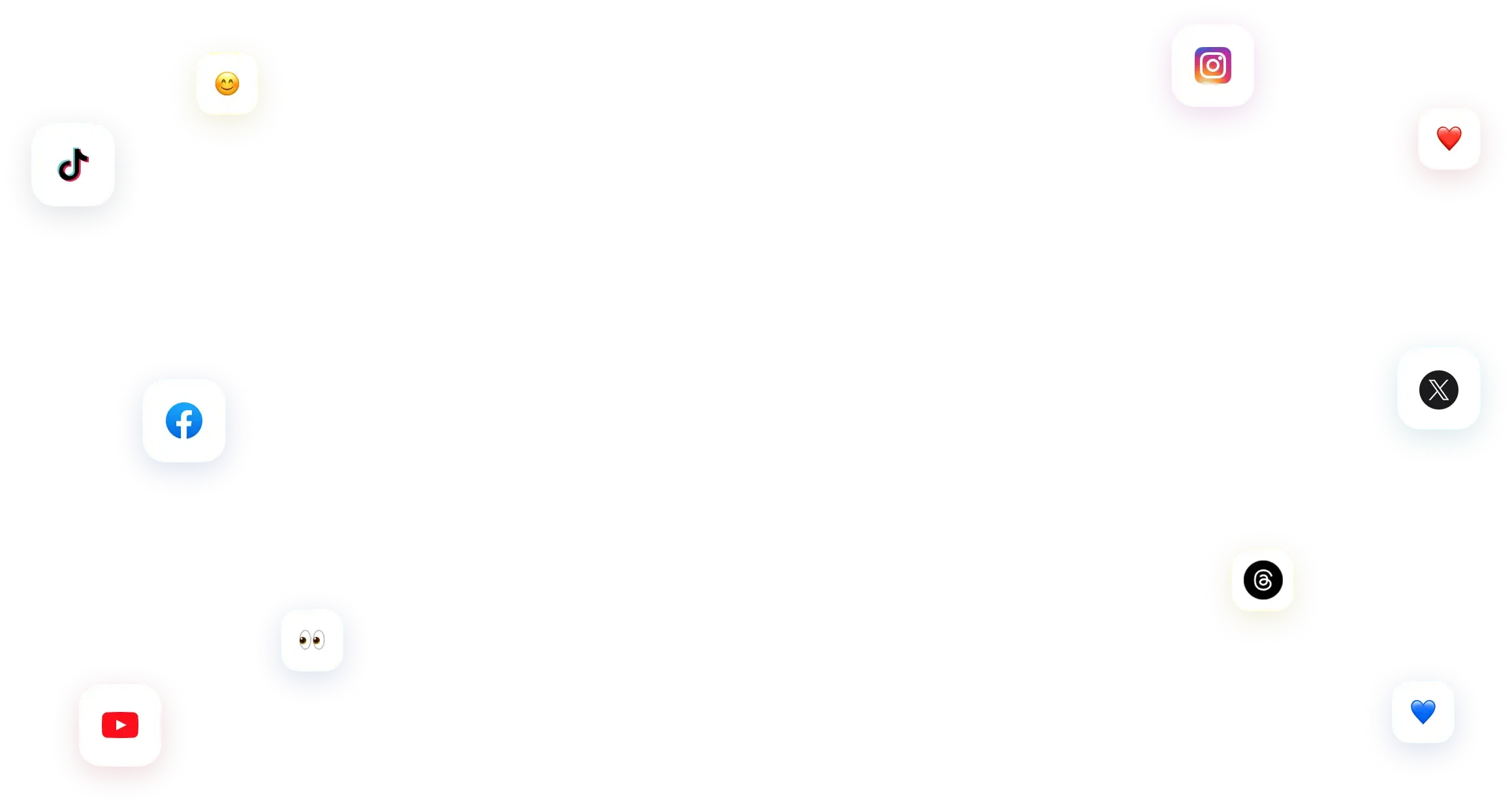
You have many things to do.
Let us help you with social media.
Use our free plan to build momentum for your social media presence.
Or skip ahead and try our paid plan to scale your social media efforts.
P.S. It will be a piece of cake 🍰 with Vista Social
Subscribe to our Newsletter!
To stay updated on the latest and greatest Social Media news. We promise not to spam you!

